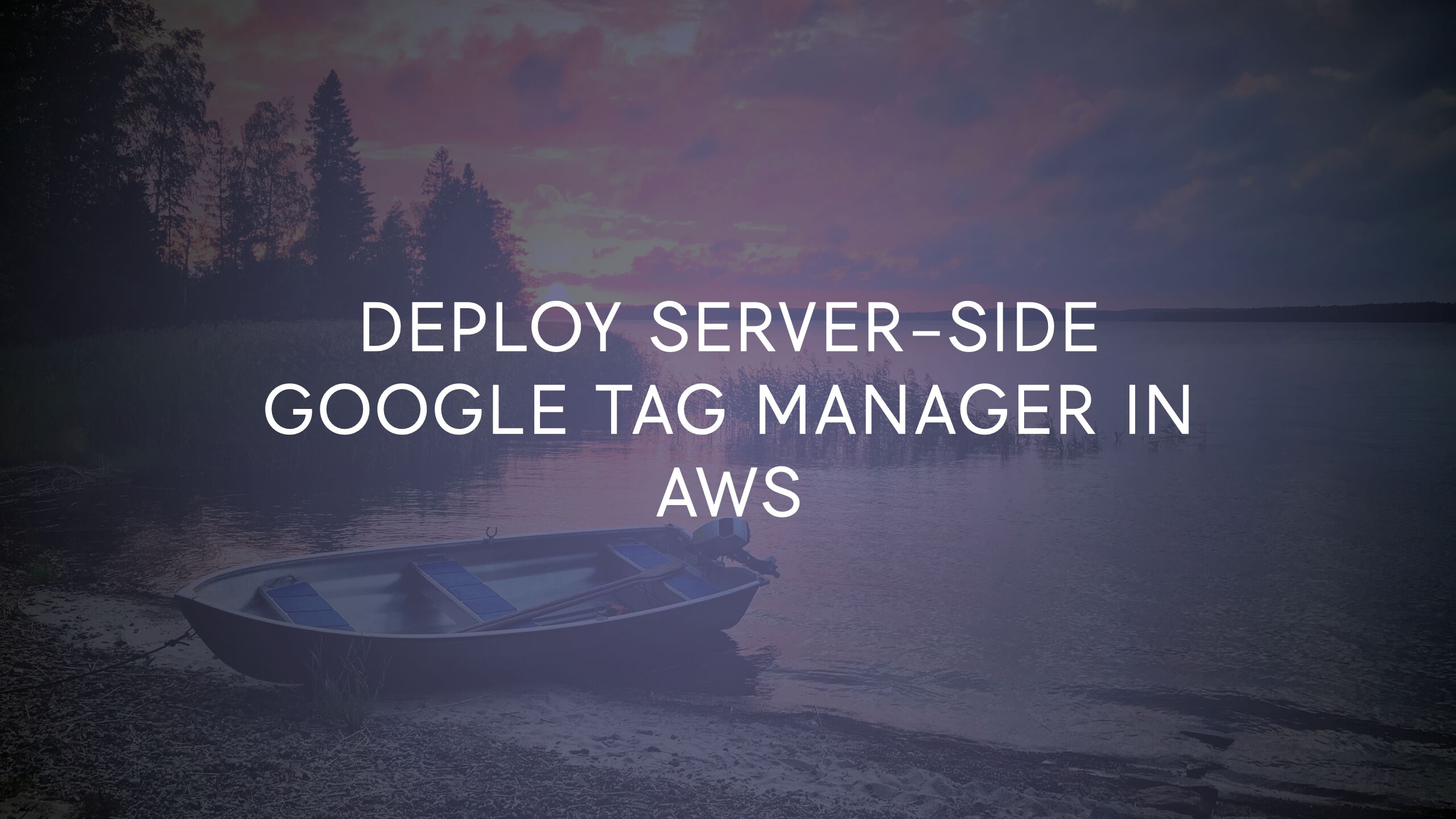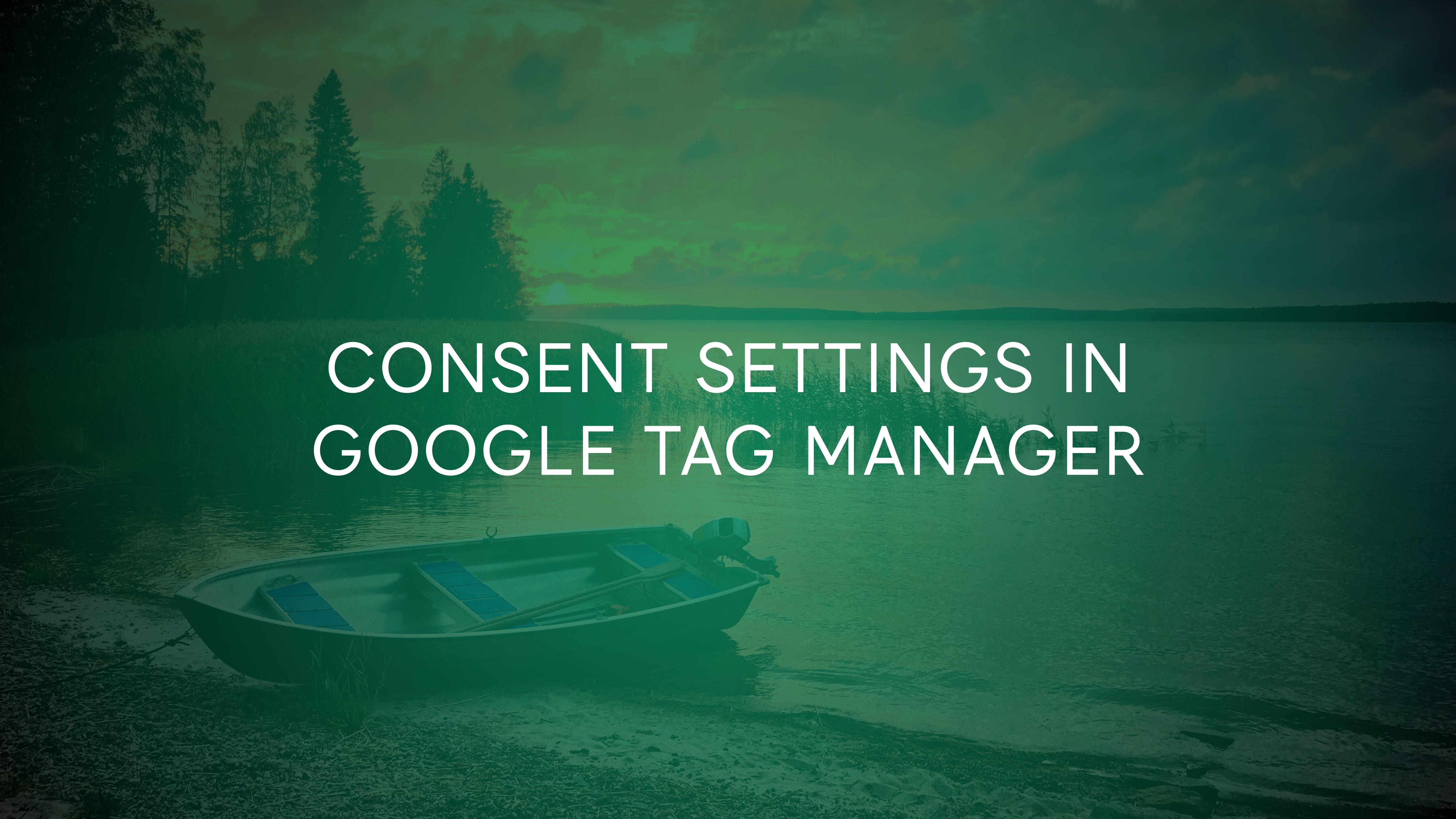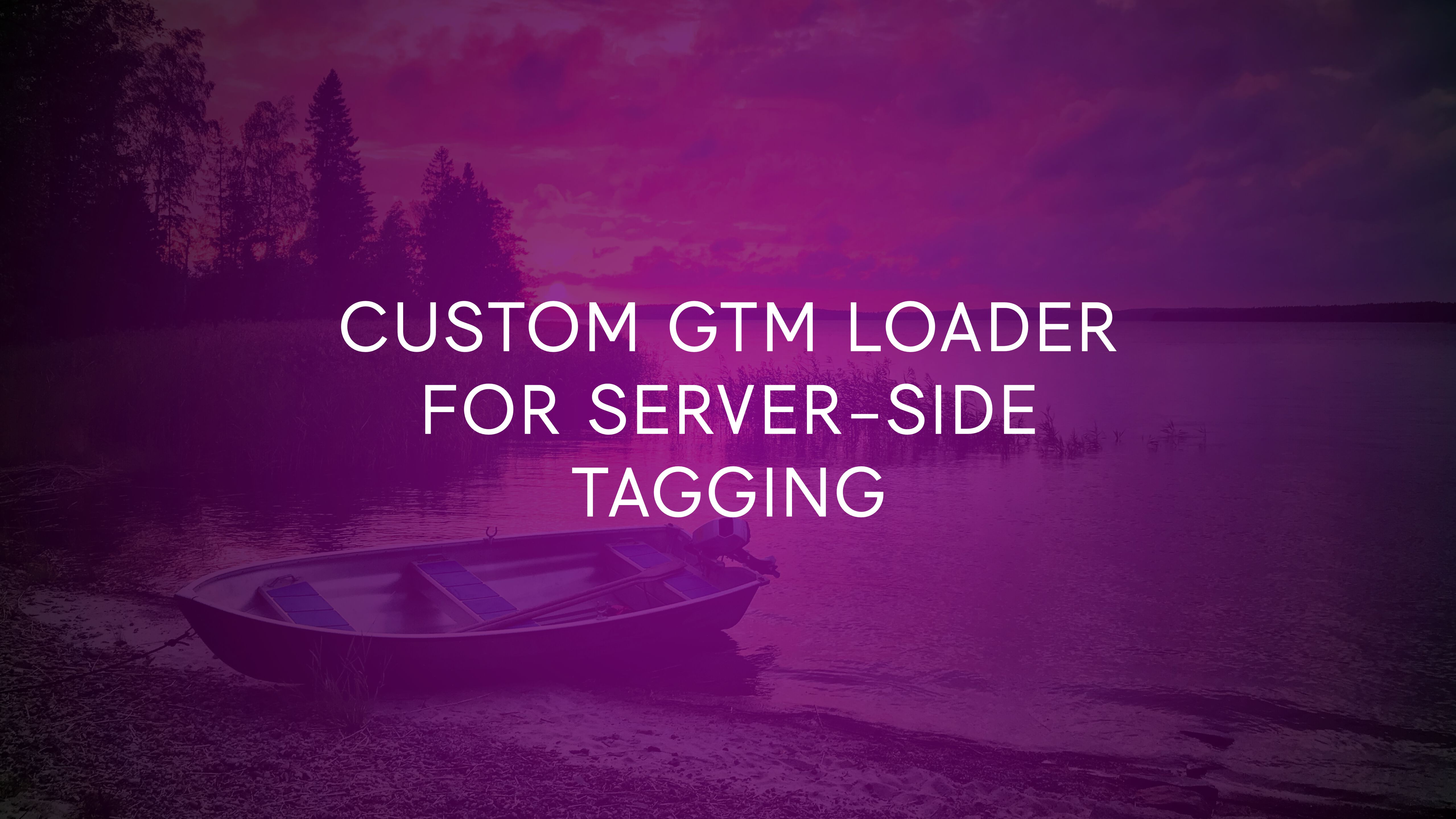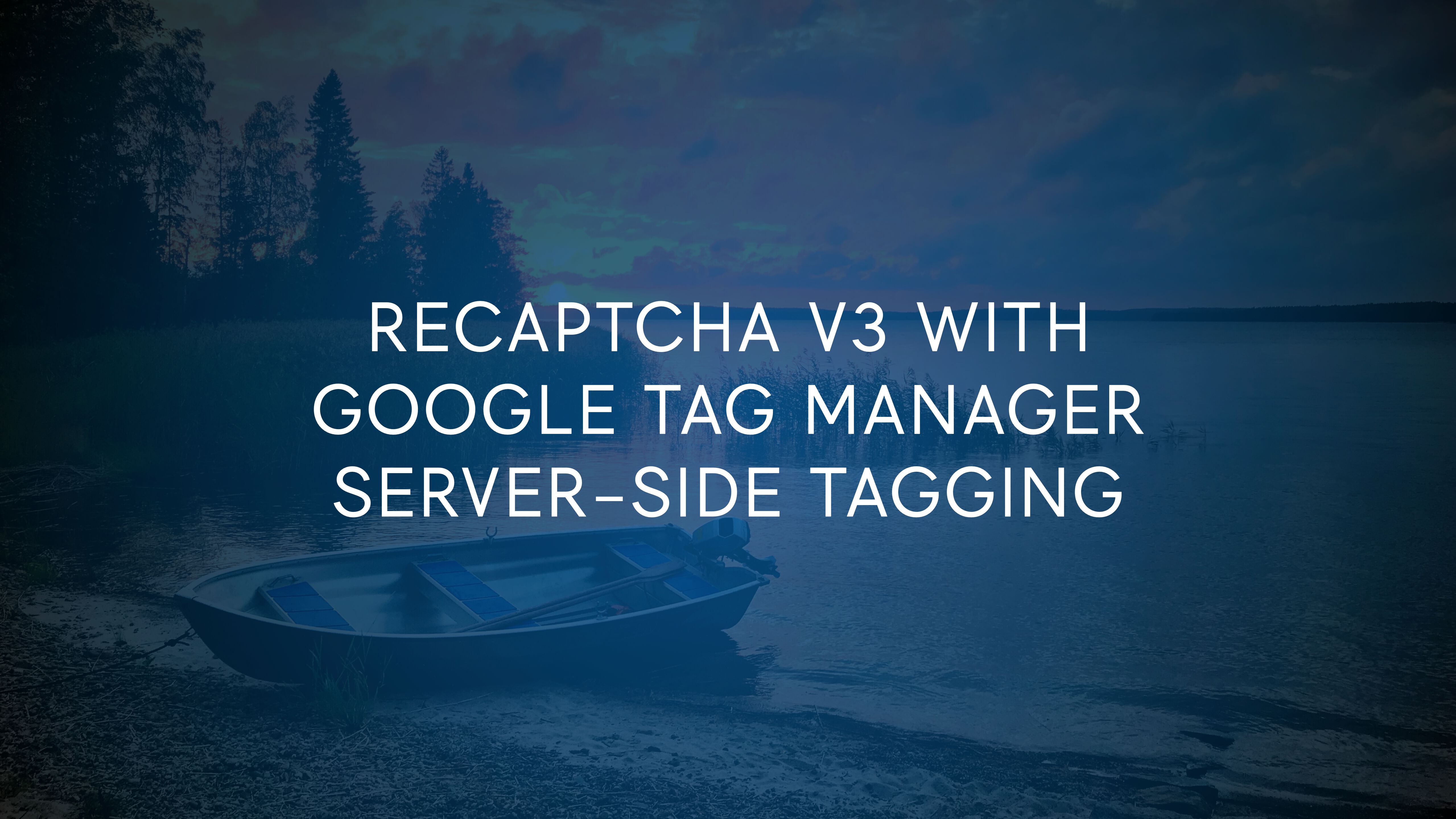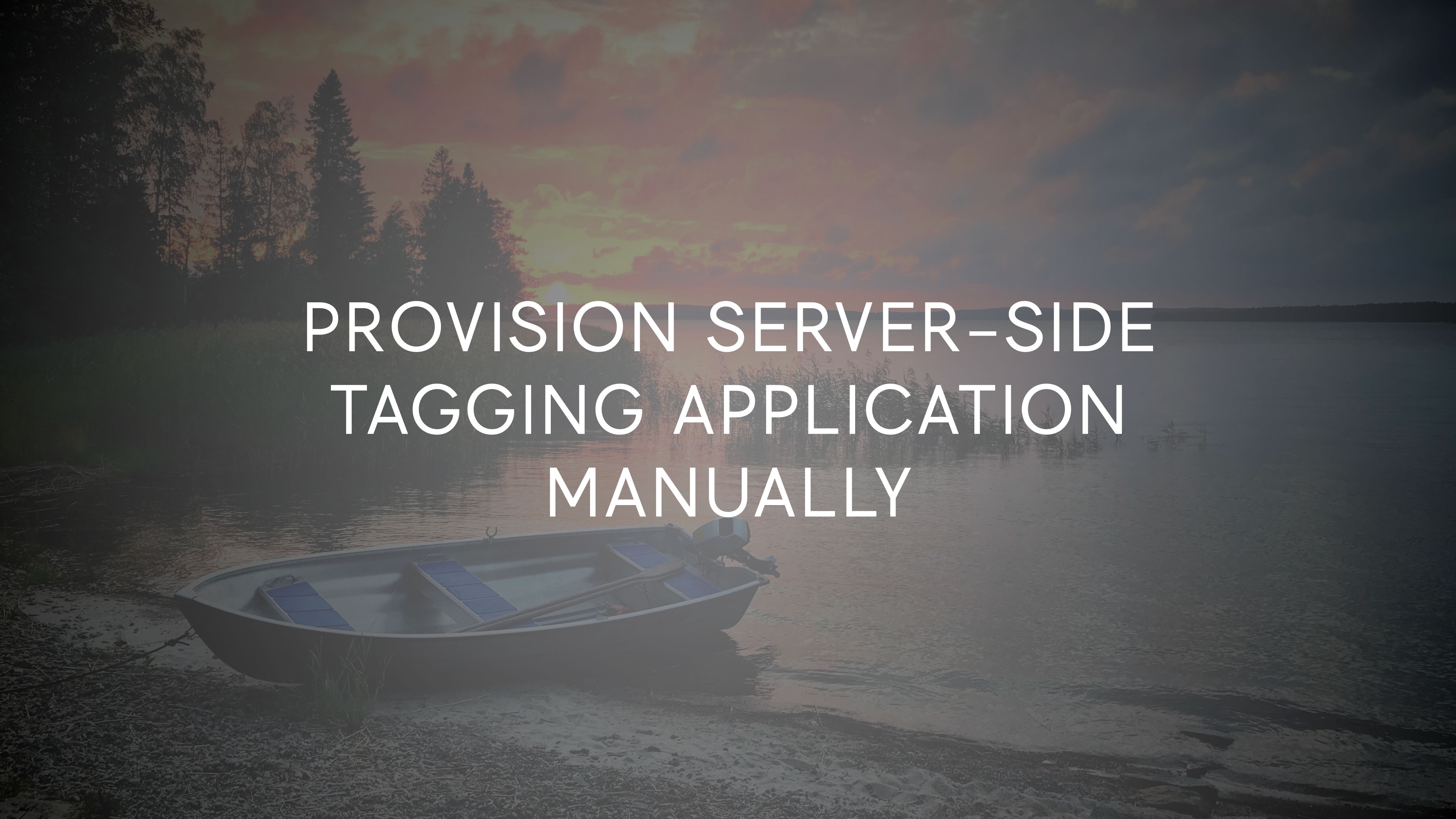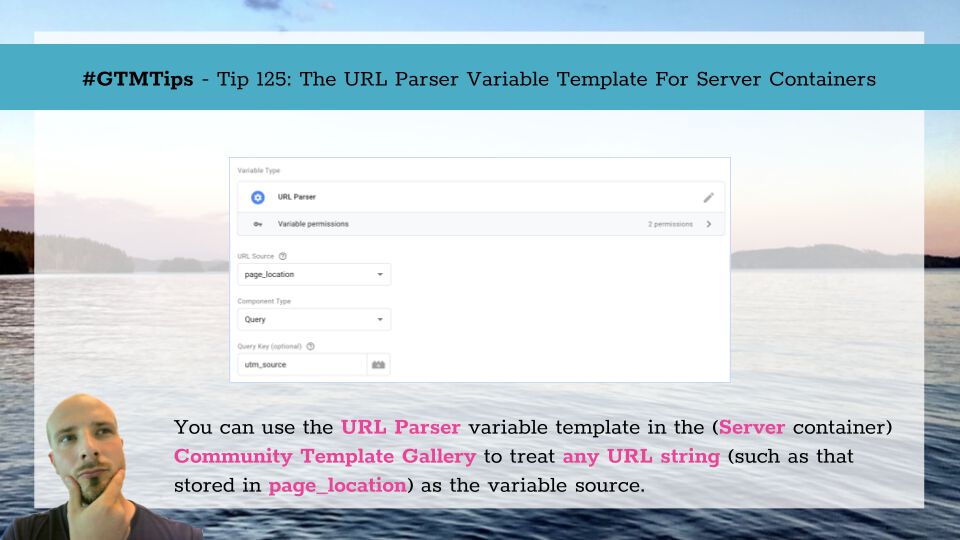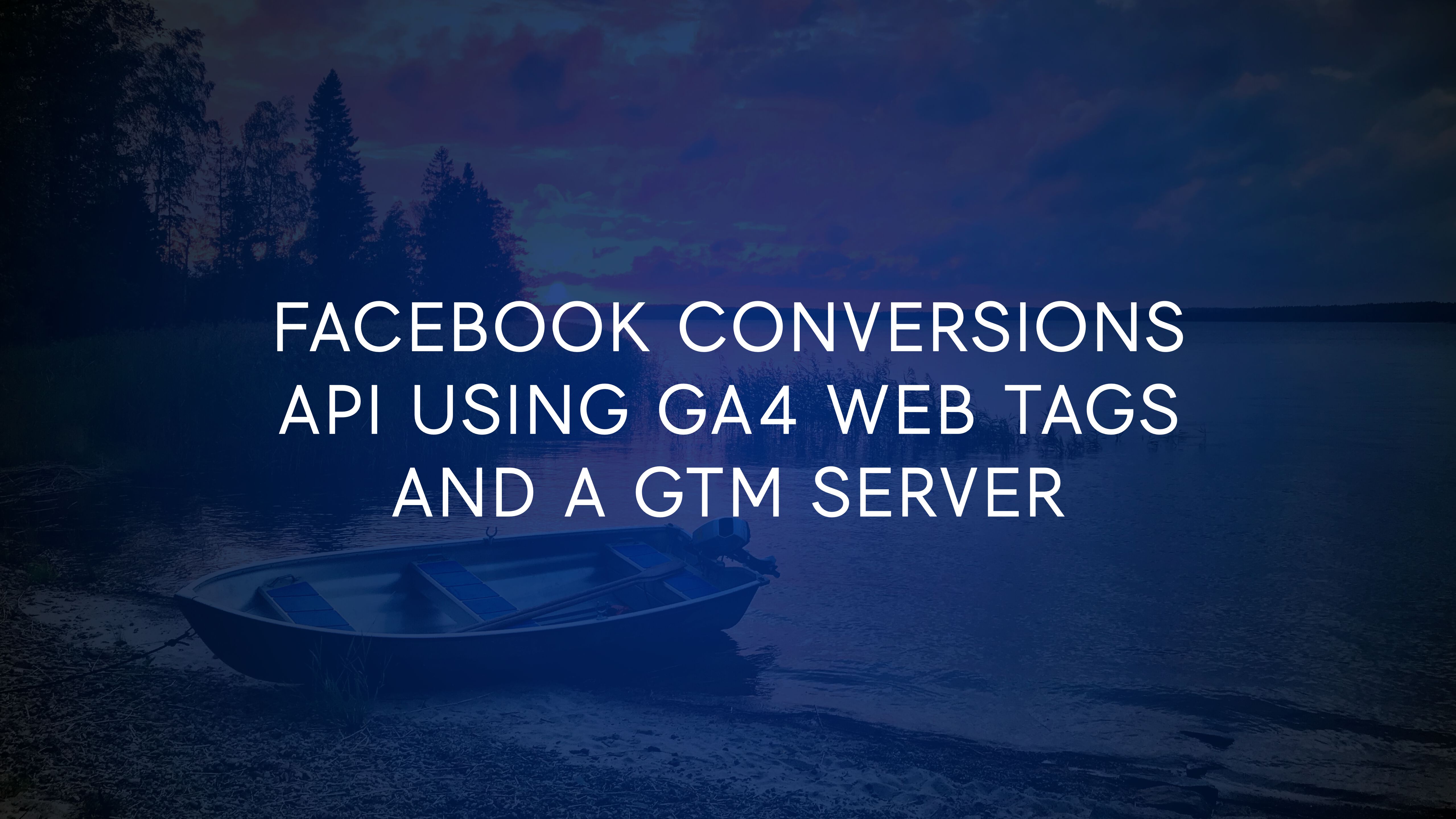Since Google Tag Manager released the manual setup guide for server-side tagging, my mind has been spinning with the idea of walking through the deployment into Amazon’s AWS.
I personally prefer Google Cloud Platform over AWS, because I think it’s so much more user-friendly. Even though in this guide we’ll be utilizing one of the simplest AWS services, Elastic Beanstalk, the deployment is still much more complex than if you were to use GCP’s App Engine.
